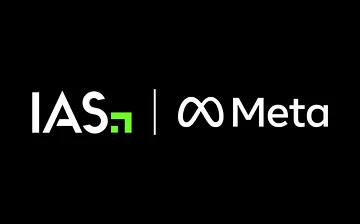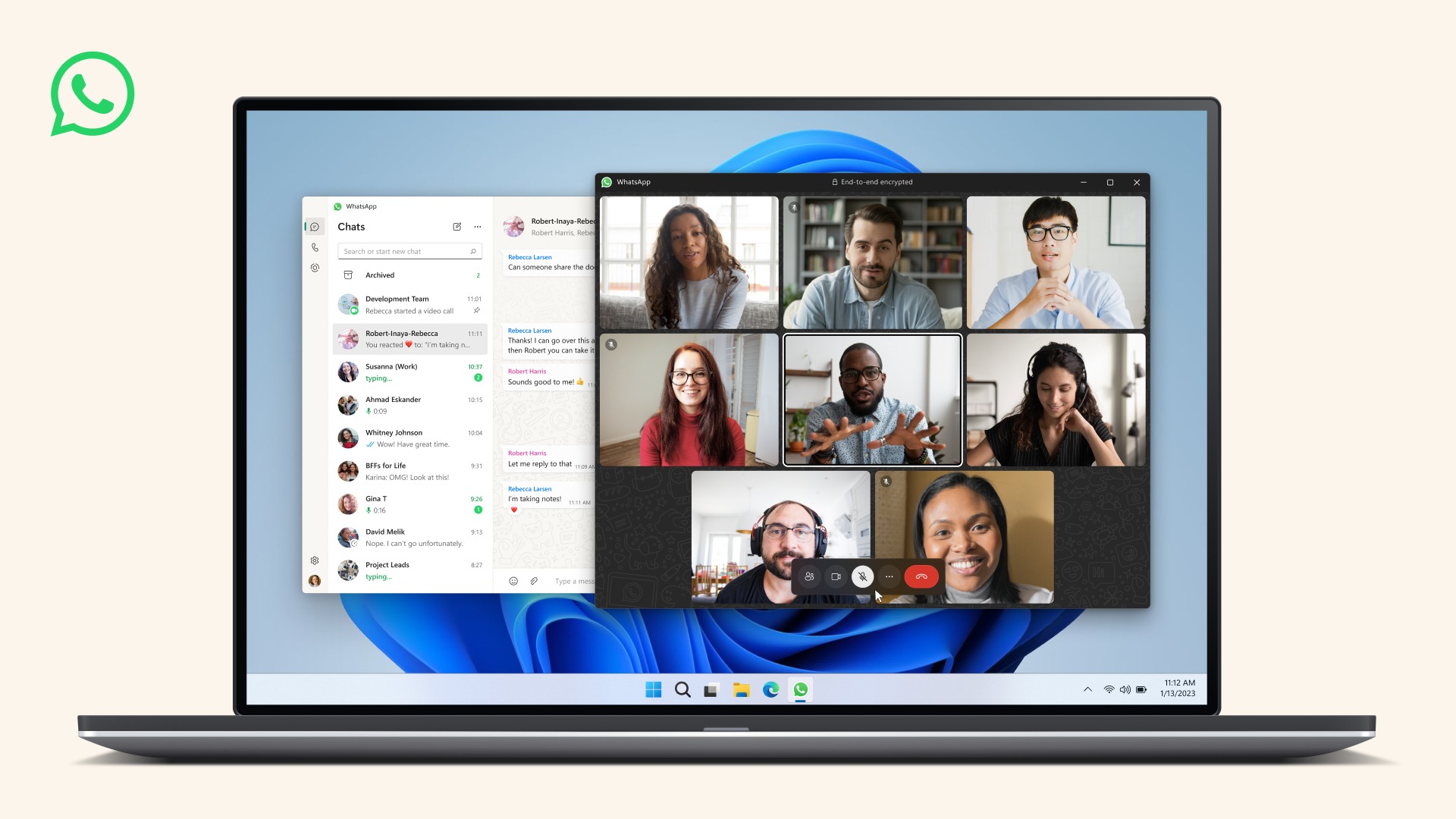New Strategy to Reduce ‘Rage Bait’ Posts for a Healthier Online Community:
In an age where social media platforms grapple with issues of toxicity and misinformation, Threads, the innovative social media app from Meta, is stepping up to the plate. The platform has announced a new initiative aimed at reducing the prevalence of ‘rage bait’ posts—content specifically designed to provoke outrage or strong emotional responses. With this latest strategy, Threads is not only prioritizing user experience but also fostering a healthier online environment. This article explores the implications of this decision, the potential impact on users and brands, and the broader context of social media discourse.
Table of Contents
Understanding ‘Rage Bait’ and Its Impact
‘Rage bait’ refers to posts that intentionally evoke anger or outrage among users. These types of posts are designed to generate clicks, shares, and comments, often leading to divisive conversations. While engagement is vital for social media platforms, the long-term effects of rage bait can be detrimental:
- Erosion of Community Trust: Continuous exposure to rage-inducing content can erode trust within communities. Users may become wary of the platform, feeling that it prioritizes sensationalism over meaningful dialogue.
- Mental Health Concerns: Research indicates that frequent engagement with negative content can lead to increased anxiety, stress, and feelings of helplessness. Users often report feeling overwhelmed by the negativity present in their feeds.
- Polarization: Rage bait contributes to the polarization of opinions, creating echo chambers where users only encounter views that reinforce their beliefs. This can hinder constructive discussions and compromise the diversity of perspectives.
- Misleading Information: Many rage bait posts often contain misleading or sensationalized information, further complicating users’ ability to discern fact from fiction.
Given these challenges, commitment to reducing rage bait represents a significant shift toward prioritizing user well-being and promoting healthier interactions.
Latest Initiative: Key Components
The new strategy encompasses several key components aimed at curbing the spread of rage bait:
- Enhanced Content Moderation: Threads is ramping up its content moderation efforts by leveraging advanced algorithms to detect and flag potential rage bait posts. This proactive approach aims to reduce the visibility of harmful content before it gains traction.
- User Reporting Tools: To empower the community, Threads is introducing more robust user reporting features. Users will be encouraged to report posts they believe are rage-inducing, enabling the platform to respond quickly to harmful content.
- Education and Awareness Campaigns: Threads will launch educational initiatives aimed at informing users about the characteristics of rage bait and its negative effects. By raising awareness, the platform hopes to foster a more discerning user base that can identify and avoid such content.
- Promoting Positive Interactions: Threads plans to implement features that highlight positive, constructive posts. By showcasing content that promotes healthy discussions, the platform encourages users to engage with uplifting and thought-provoking material.
- Collaboration with Mental Health Experts: Threads is partnering with mental health organizations to better understand the impact of social media on user well-being. This collaboration will help inform the platform’s policies and create resources for users struggling with the negative effects of online interactions.
The Benefits of Reducing Rage Bait
The initiative to decrease rage bait posts is expected to yield numerous benefits for both users and the platform as a whole:
- Enhanced User Experience: By prioritizing a more positive and constructive environment, Threads can improve the overall user experience. A healthier online space encourages users to engage more meaningfully and enjoy their time on the platform.
- Increased Trust and Loyalty: Users are likely to feel more inclined to return to a platform that prioritizes their well-being. By reducing toxic content, Threads can foster trust and loyalty among its user base.
- Diverse Conversations: With a focus on reducing polarization, Threads can encourage a broader range of discussions. This diversity can enhance the richness of the platform, making it a valuable space for dialogue on various topics.
- Positive Brand Partnerships: Brands seeking to engage with their audiences in a constructive manner will find Threads a more appealing platform. Advertisers are increasingly looking for environments that align with their values, and Threads’ commitment to reducing rage bait can attract more positive brand partnerships.
- Long-Term Growth: By fostering a healthier community, Threads is positioning itself for sustainable growth. A user base that feels valued and safe is more likely to engage and expand, benefiting the platform in the long run.
Challenges and Considerations
While Threads’ initiative to combat rage bait is commendable, it also faces challenges:
- Balancing Moderation and Free Speech: Striking the right balance between moderating content and allowing free expression can be tricky. Threads will need to ensure that its moderation policies do not inadvertently silence legitimate voices or stifle healthy debate.
- Algorithm Limitations: While advanced algorithms can help detect rage bait, they are not foolproof. There’s a risk that some harmful content may slip through the cracks, or conversely, that benign content could be misidentified as rage bait.
- User Participation: The success of user reporting tools depends on community participation. Encouraging users to actively engage in reporting harmful content can be challenging, especially in environments where users may feel apathetic.
- Cultural Differences: Different cultures have varying thresholds for what constitutes rage bait. Threads will need to navigate these differences while developing a comprehensive strategy that respects diverse perspectives.
The Broader Context of Social Media
Threads’ initiative to reduce rage bait is part of a larger trend among social media platforms aiming to enhance user well-being. As mental health concerns related to social media usage become more pronounced, companies are recognizing the need to create healthier environments:
- Industry Response: Other major platforms have implemented similar initiatives, reflecting a growing awareness of the impact of negative content. This trend may lead to a collective shift in how social media companies prioritize user safety.
- Regulatory Pressures: As governments around the world increasingly scrutinize social media practices, platforms may face regulatory pressure to ensure user safety and mitigate harmful content.
- User Expectations: Today’s users are more informed about the implications of social media on mental health. They are increasingly demanding better experiences that prioritize well-being, pushing platforms to adapt accordingly.
Looking Ahead: The Future of Threads
As Threads moves forward with its commitment to reducing rage bait, the platform has the opportunity to redefine social media interaction:
- Innovative Features: Continued investment in innovative features that promote positivity and healthy conversations can set Threads apart from competitors.
- Community Engagement: Building a strong sense of community around shared values can further enhance user loyalty. Threads can encourage users to take part in discussions focused on constructive topics.
- Feedback Loops: Actively seeking user feedback on moderation policies and content guidelines can help Threads refine its approach and better meet user needs.
- Expansion of Resources: By continuously developing resources focused on mental health and digital wellness, Threads can further its commitment to user well-being.
Conclusion
Threads’ proactive approach to reducing rage bait posts marks a significant step toward fostering a healthier online community. By prioritizing user experience and engagement, the platform is setting a new standard in the social media landscape. As users increasingly seek positive interactions and brands look for trustworthy environments, Threads has the potential to thrive by embracing this commitment.
In a time when social media has become synonymous with outrage, Threads’ initiative represents a hopeful shift toward constructive dialogue and community well-being. With ongoing efforts to combat negativity and promote positivity, Threads can create a space where users feel valued, respected, and engaged, paving the way for a more harmonious online experience.



